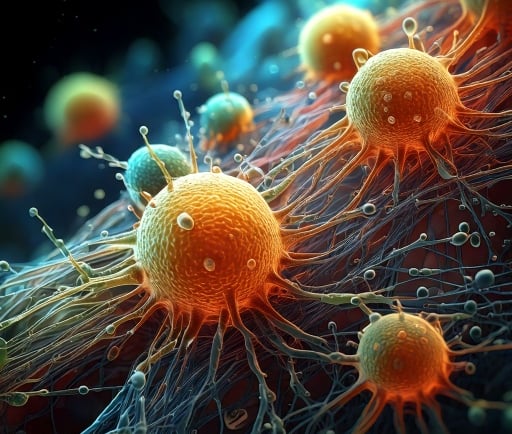The Role of Astrocytes in Addiction and Reward Pathways


Introduction to Astrocytes and Their Importance
Astrocytes are a type of glial cell in the brain that play an essential role in supporting neuronal function and maintaining homeostasis. These specialized cells not only provide structural support to neurons but also modulate synaptic activity and neurotransmitter uptake. Recent studies from the Cajal Institute highlight how astrocytes are organized into specific subgroups, each with unique functionalities that are vital for various neural processes, particularly in the realm of addictions and reward mechanisms.
Astrocytic Subgroups and Their Functional Diversity
It is fascinating to note that astrocytes are not a uniform group. Research indicates that astrocytes can be categorized into specialized subgroups, each exhibiting distinct biochemical properties and functional roles within the brain's architecture. This subgrouping allows for a more nuanced understanding of how these cells contribute to reward processing.
For instance, some astrocytes are involved in the modulation of neurotransmitter release, such as glutamate, which is significantly implicated in reward-related behaviors. By releasing signaling molecules, astrocytes can influence how neurons respond to rewarding stimuli, impacting addiction pathways. This highlights their potential role as therapeutic targets in treating addiction disorders.
Pathways for Studying Addictions
The complexity of addiction can be traced through various neural pathways that involve astrocytes. These pathways govern everything from initial reward processing to the maintenance of addiction. Researchers are increasingly focusing on these astrocytic subgroups to elucidate their contribution to the pathophysiology of addiction.
Understanding these pathways is crucial for the development of effective interventions. By integrating findings from the Cajal Institute, scientists can create model systems that exploit these astrocytic functions. This exploration could lead to novel treatment strategies that manipulate astrocyte signaling in order to dampen addictive behaviors or enhance recovery processes.
Furthermore, studying how astrocytes coordinate with neuronal circuits involved in reward can provide insights into the broader implications of addiction on mental health. It is a promising field that invites multidisciplinary approaches, combining cellular biology, psychology, and pharmacology.
Conclusion
In summary, astrocytes are crucial players in the brain's reward circuitry and addiction pathways. Their specialization into distinct subgroups allows them to perform unique functions that can influence addiction-related behaviors. The ongoing research at the Cajal Institute sheds light on these intricate interactions, paving the way for innovative treatments targeting the glial aspects of addiction. As science continues to unravel the complexities of these relationships, we may begin to witness breakthroughs in how we approach addiction therapies in the future.
